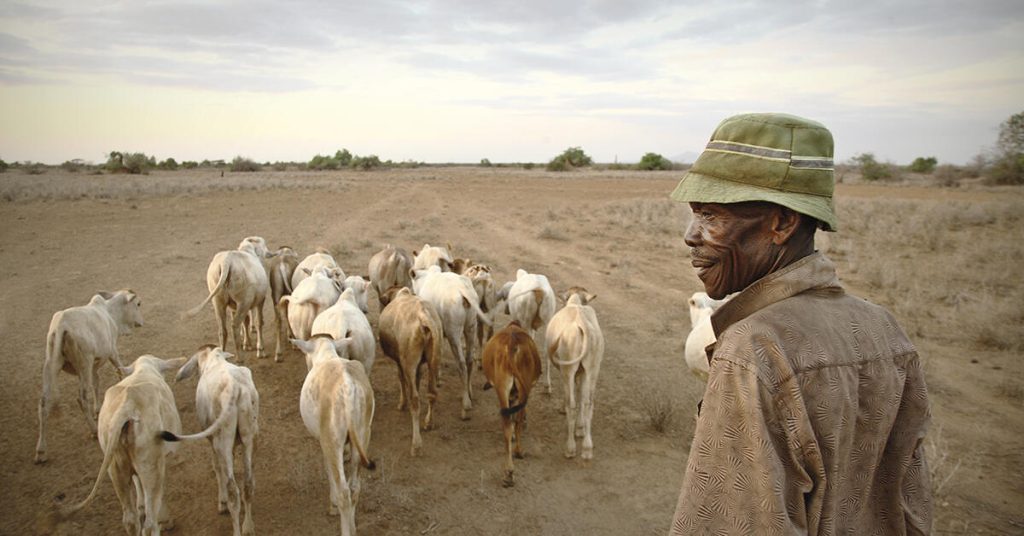Livestock play a crucial role in African agriculture, food security, and rural economies, but they are often unfairly criticised for contributing to environmental problems.
As global discussions on biodiversity and climate change gain momentum, it is important to reframe how livestock are viewed. Animals like cows, goats, and camels are not just challenges to overcome—they can also be key solutions for biodiversity conservation, climate action, and land restoration.
For African countries such as Nigeria and Kenya, livestock is deeply intertwined with livelihoods, culture, and resilience. It is time for international climate policies to recognise the benefits that sustainable livestock practices can offer.
Here are ten ways Livestock Contribute to Food Security and Environmental Health in Africa:
1. Livestock’s Importance to African Agriculture
Livestock contribute between 30 per cent to 40 per cent of the total agricultural GDP across Africa, supporting food systems and rural economies.
2. Combating Malnutrition
Even small amounts of animal-based foods—like meat, milk, and eggs—can help combat malnutrition, especially where other food sources are scarce.
3. Livestock and Biodiversity Conservation
Well-managed grazing supports biodiversity by maintaining ecosystems, preventing the spread of invasive species, and promoting native plant growth. Communities like the Maasai and Samburu use traditional grazing techniques that balance ecosystems while producing nearly 20% of Kenya’s milk.

4. Wildlife and Livestock Integration
In some conservancies, livestock are rotated in ways that mimic natural herbivore patterns, benefiting both grasslands and wildlife populations by preventing overgrazing.
5. Broad Climate Solutions Beyond Emissions
While ruminant animals emit methane, improved feeding practices and better rangeland management can reduce emissions. Sustainable grazing also enables carbon sequestration, turning rangelands into important carbon sinks.
6. Carbon Storage Potential of Rangelands
Rangelands, often overlooked, hold immense potential for carbon sequestration. With proper management, these areas could contribute up to 20.92 gigatons of climate mitigation by 2050.
7. Livestock’s Role in Climate Adaptation
Livestock help communities adapt to climate change by offering mobility and flexibility. In arid regions, pastoralists move animals to make the best use of limited resources during dry periods.
8. Resilient Indigenous Livestock Breeds
Indigenous breeds, like the East African Zebu cattle, are better suited to survive on poor-quality forage in harsh climates, providing a vital buffer against drought and other environmental stresses.
9. Restoring Degraded Land
Sustainable livestock practices can reverse land degradation, improve soil fertility, and restore water retention by promoting the growth of deep-rooted plants and preventing overgrazing.
10. Need for Climate Finance Support
Despite their environmental and economic importance, livestock systems receive little climate funding. Redirecting international finance towards sustainable livestock practices could unlock solutions for food security, economic growth, and environmental conservation.
Rather than being seen as part of the problem, livestock—when managed sustainably—can drive positive environmental change. African livestock systems are not just essential to local livelihoods but can also contribute meaningfully to global climate and biodiversity efforts.


